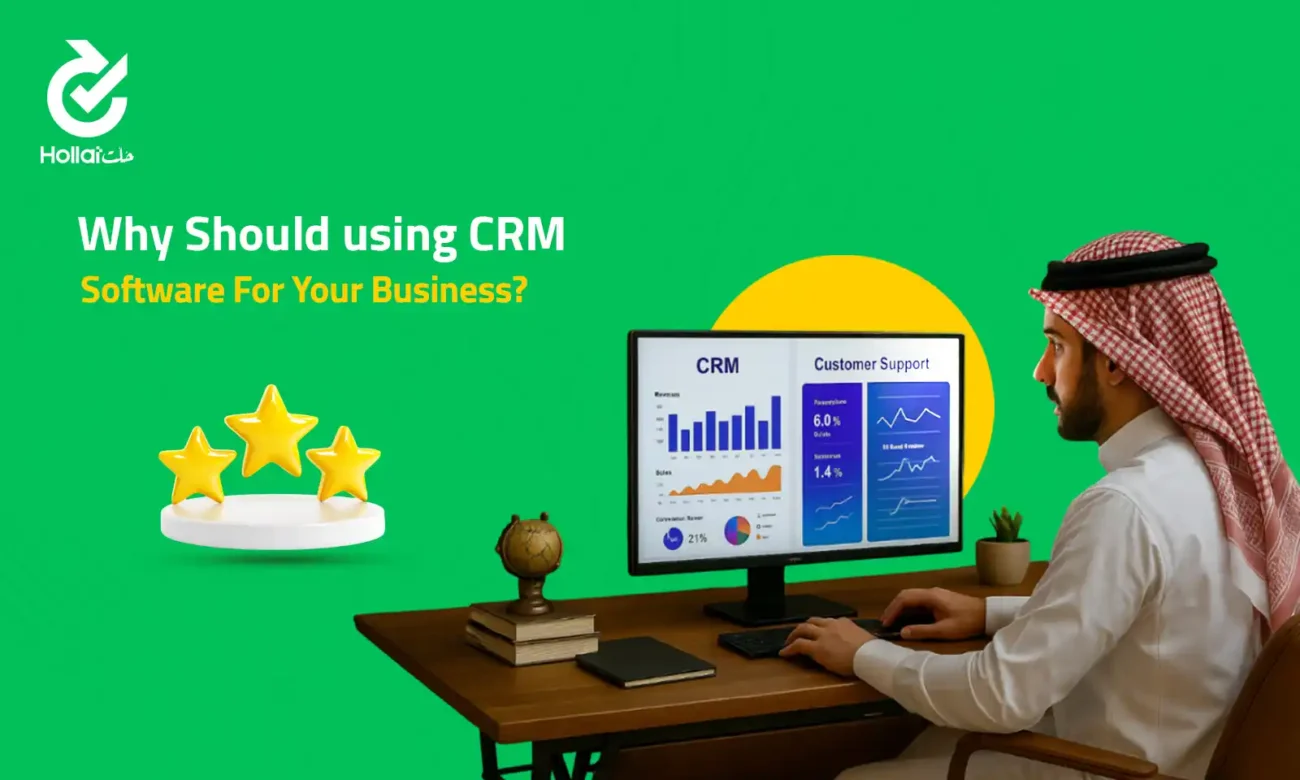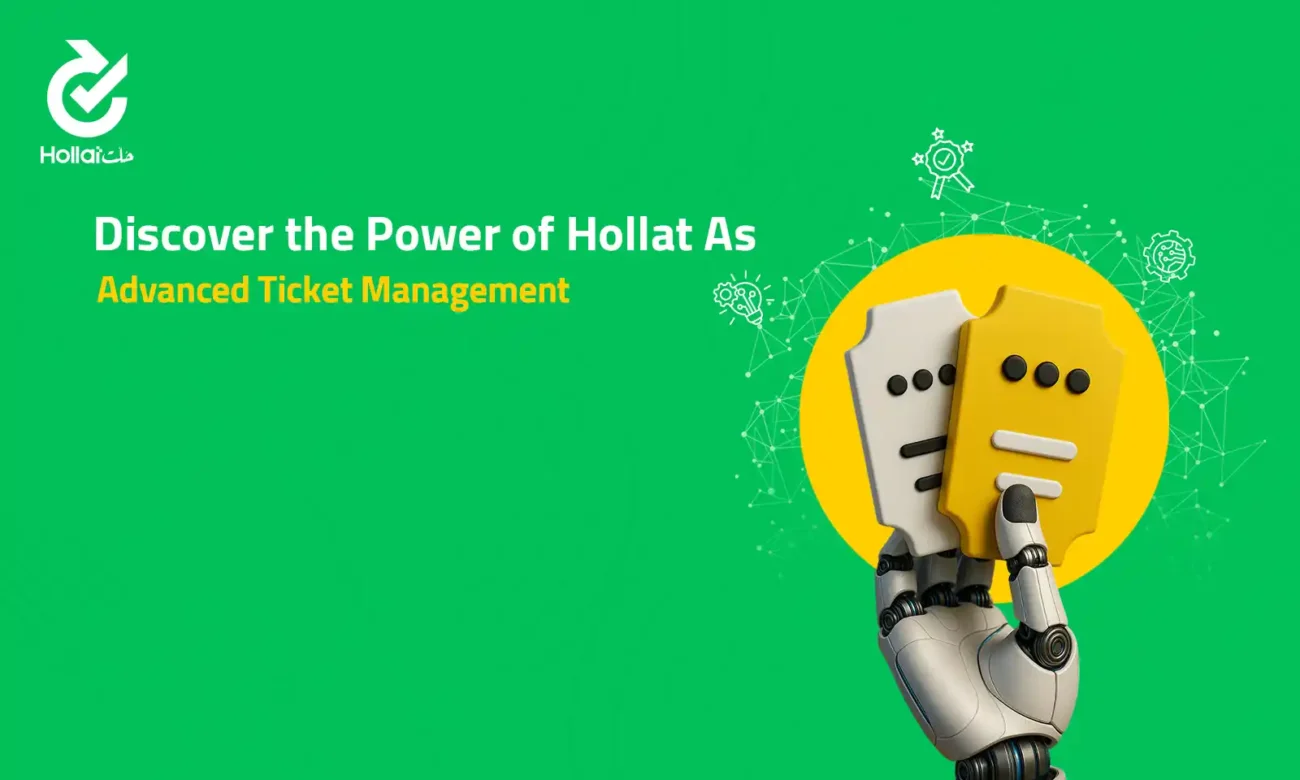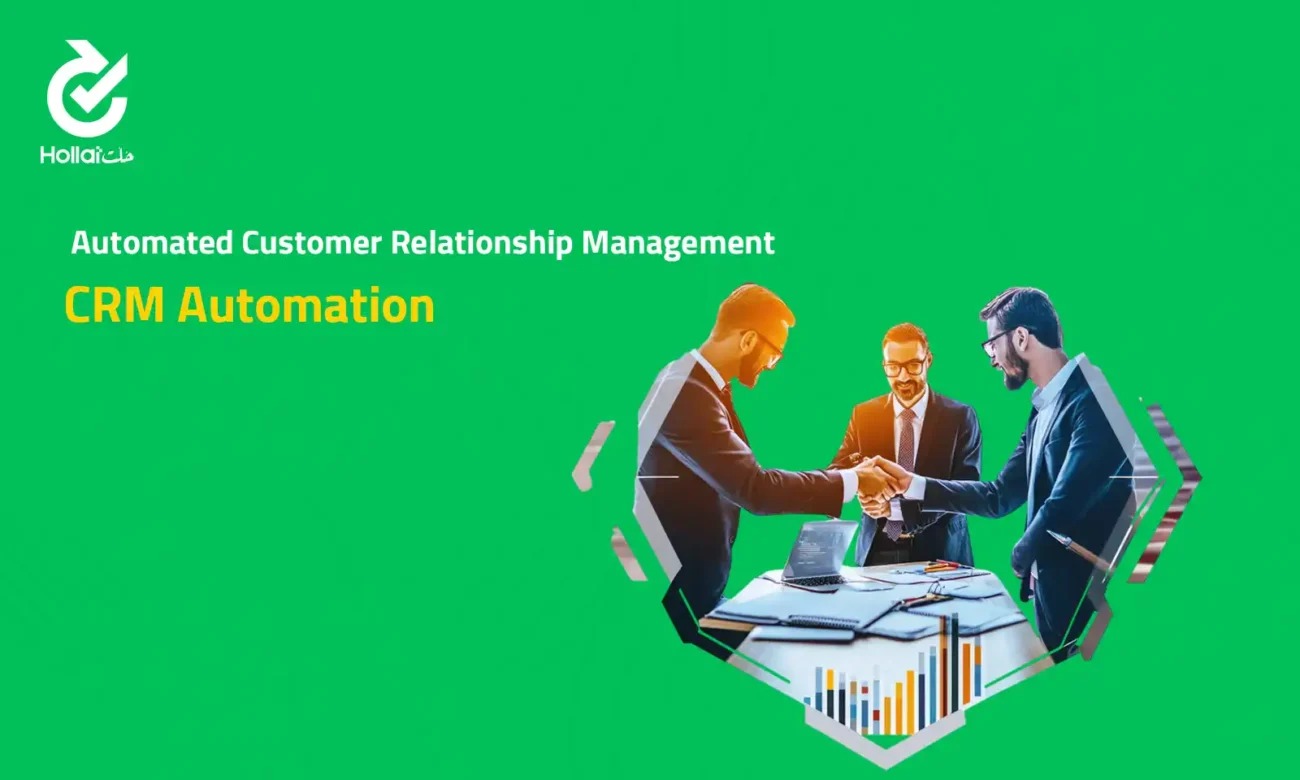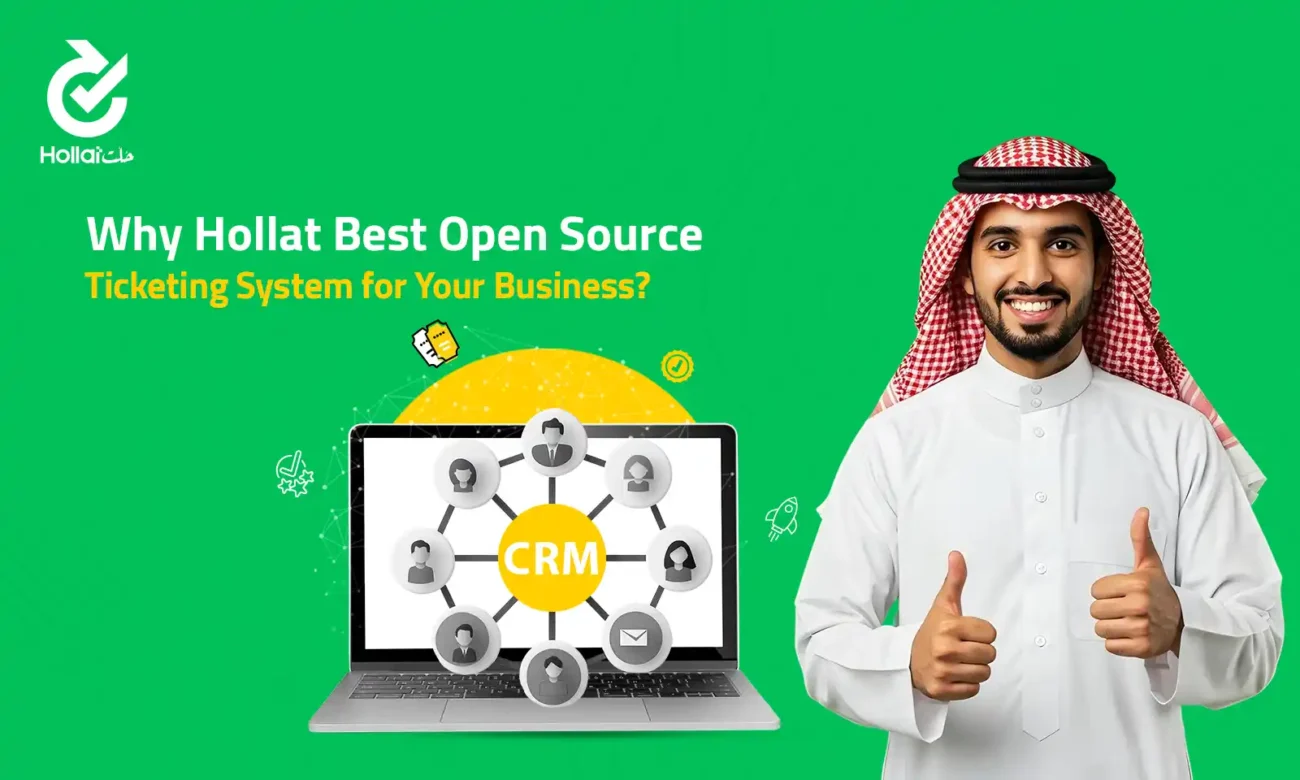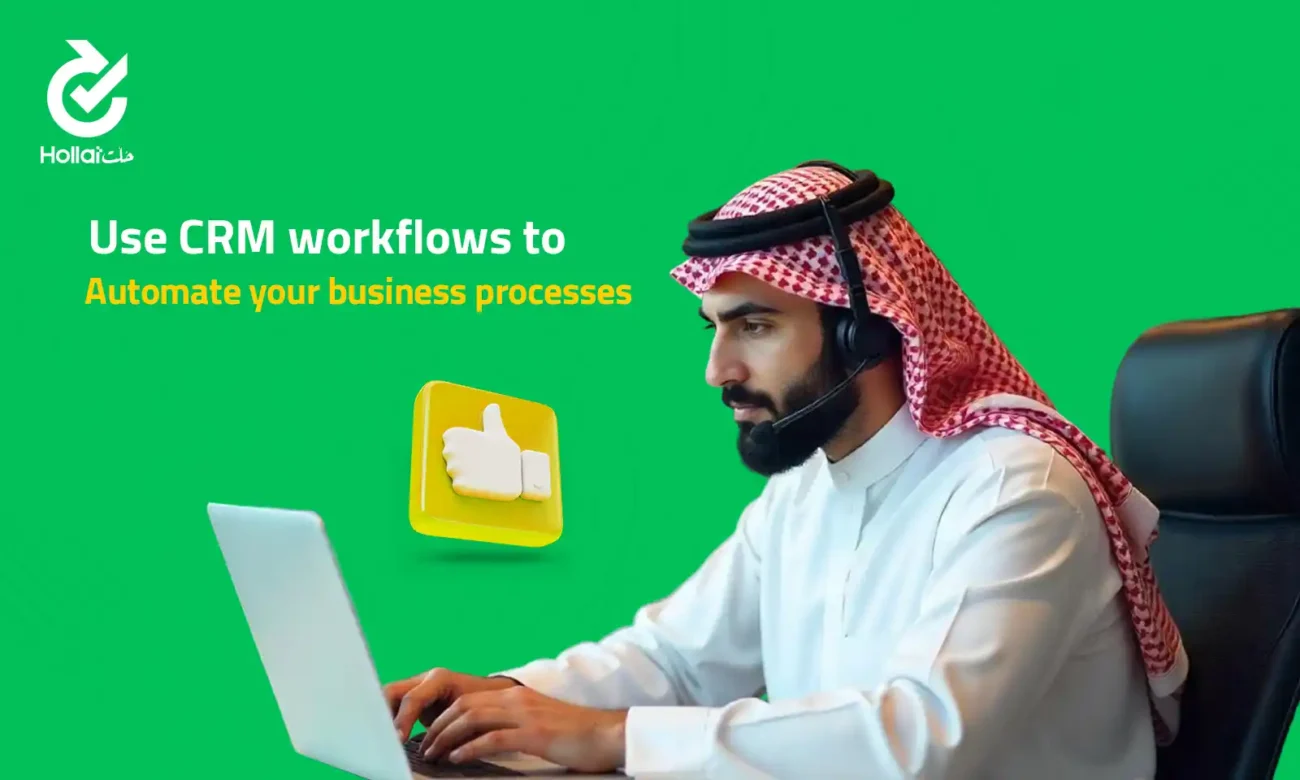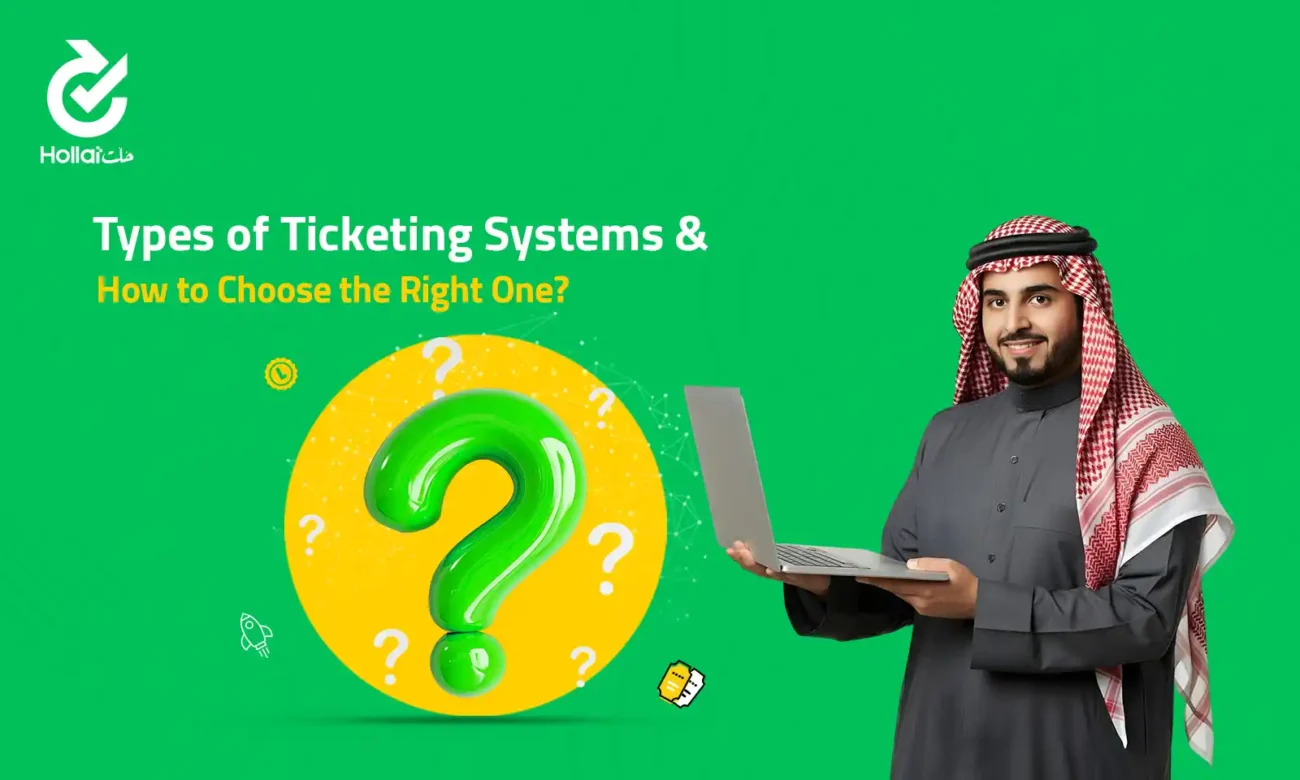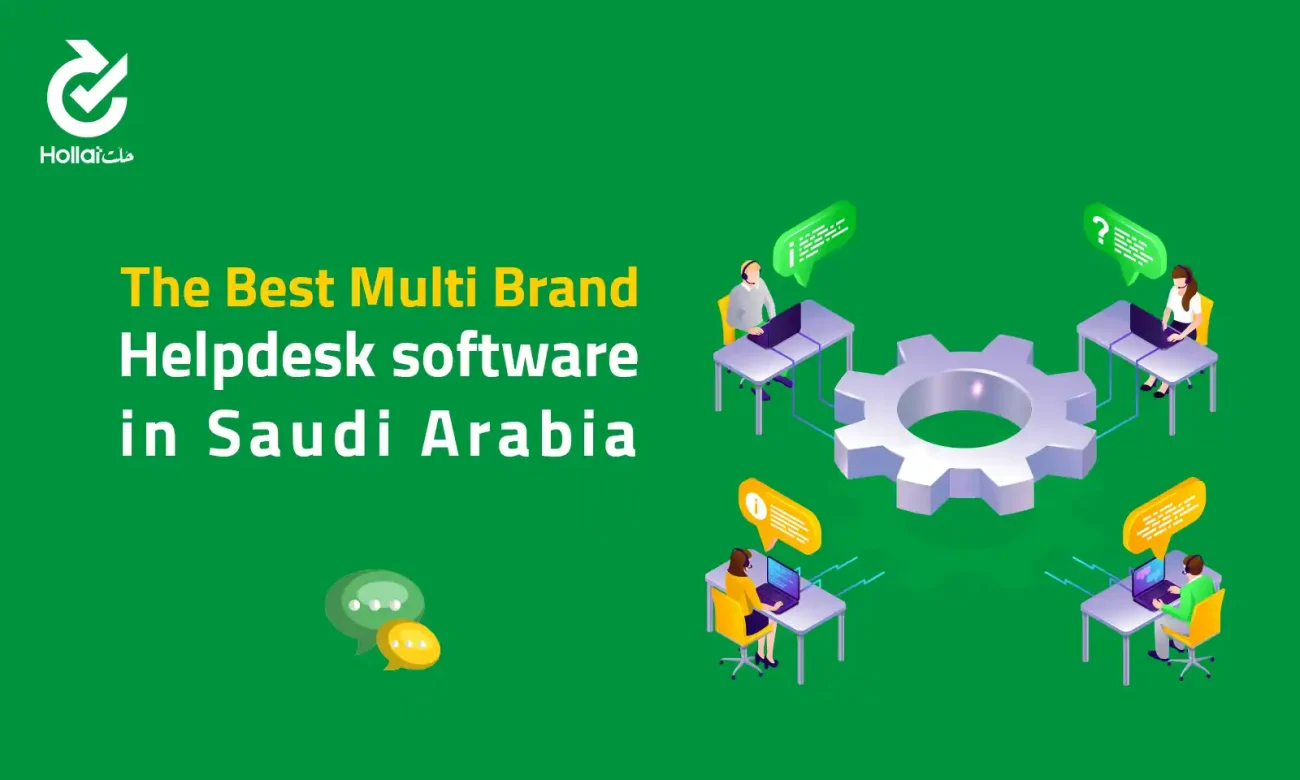Find Out The Difference Between CRM vs Helpdesk
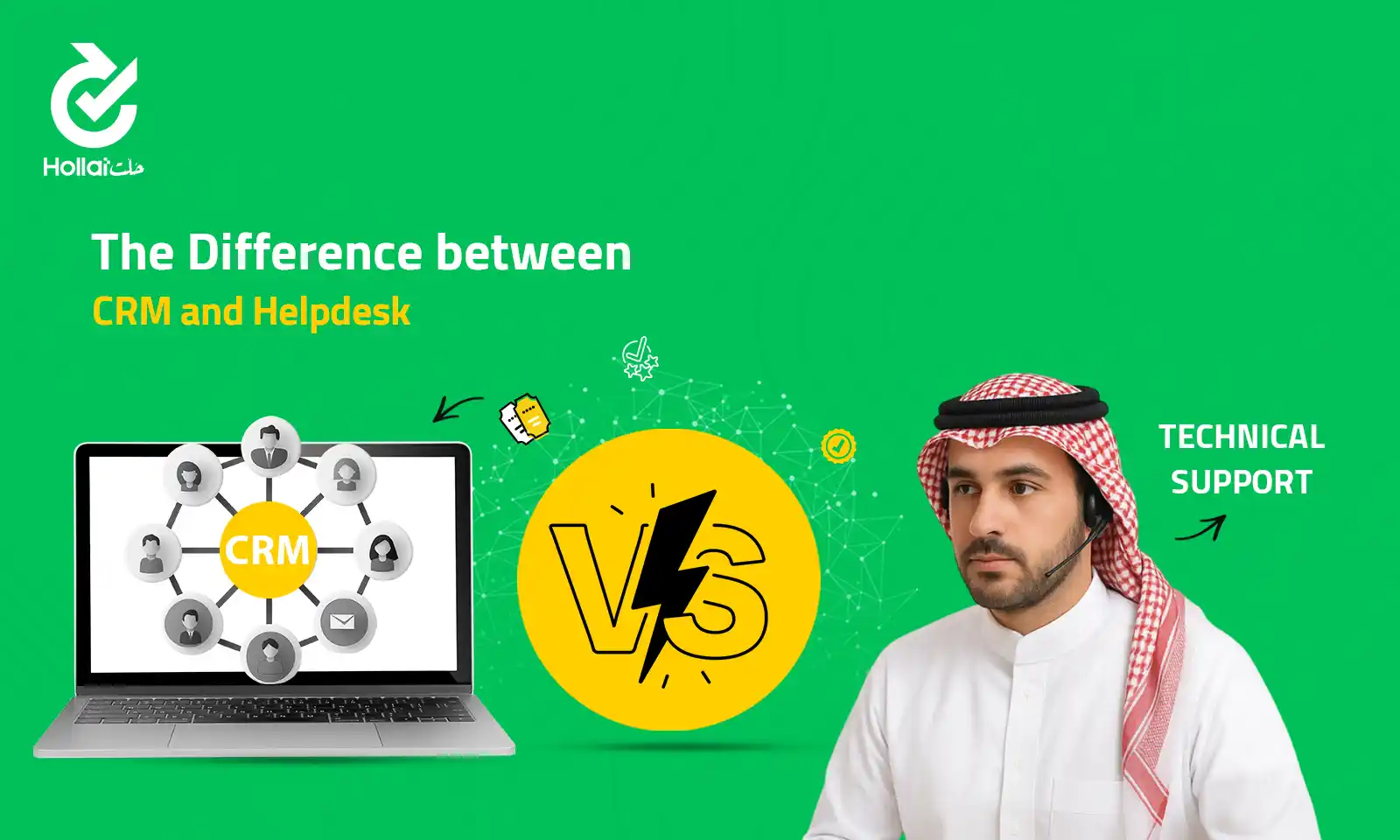
Currently, businesses face a tough competition, and to keep growing, putting customers first is key. crm vs helpdesk solutions are essential tools in this competitive environment. Simply finishing transactions is not good enough now; it also calls for relationship building and outstanding support. systems enable businesses to achieve these goals effectively. Business leaders are coming to realize that customer experience plays the biggest role in making them stand out.
Here, it is important to manage all interactions between the company and customers in an efficient and effective way. Operating sales, marketing, and support separately often results in customers experiencing the company’s service in separate parts and missing important chances. As a result of being fragmented, companies may message differently, repeat the same work, and, in turn, ensure their customers get annoyed. This is where a robust crm vs helpdesk solution becomes indispensable. A powerful system can transform how businesses engage with their customers, ensuring seamless interactions and superior service. Hollat offers an advanced crm vs helpdesk solution designed to elevate your workflow and streamline customer relationship management.
What is a CRM software?
A crm customer relationship management software is a technological solution designed to manage and analyze a company’s interactions with its customers and their data throughout the entire customer lifecycle. The system is mainly aimed at better business relations with customers, helping keep them loyal, and increasing sales.
A crm customer relationship management system goes beyond merely managing customer interactions; it extends to include managing relationships with individuals within the company, such as employees, team members, and colleagues, as well as relationships with suppliers, partners, and collaborators throughout their lifecycle with the company. This expanded scope of a crm customer relationship management system indicates a deeper strategic shift, where the system is no longer just a tool geared towards end-customers, but has become a hub for managing all relationships that impact business success.
crm customer relationship management software includes a wide range of functions that support comprehensive relationship management:
- Contact Management: A crm customer relationship management system provides centralized storage for customer contact information, detailed interaction history, and purchase details. Because all the data is stored in one place, people can find what they need easily, which makes them more flexible and improves their productivity.
- Sales and Lead Management: The process records sales possibilities, finds key leads, and oversee the progress of leads into sales.
- Marketing Automation: A crm customer relationship management system supports the automation of marketing campaigns, such as email marketing, chat integration, and social media management, enhancing marketing effectiveness. With WhatsApp CRM, it is possible to keep in touch with many customers and send messages right away at no extra cost.
- Reporting and Analytics: You can rely on the system’s reports to see how well the business is selling, how satisfied customers are, and what can be expected in the future. It is possible to measure customer loyalty with NPS and CES, which measures how difficult it is for the customer to resolve any issues.
- Integration Capabilities: A crm customer relationship management system seamlessly integrates with other systems such as email, web analytics, social media platforms, ticketing systems, and financial systems, to provide an integrated customer experience.
What are the benefits of using a CRM software?
A crm customer relationship management software offers a range of strategic benefits for businesses:
- Improved Customer Experience: Customer satisfaction and loyalty rise when the system helps deliver tailored services and better interactions by showing all of a customer’s actions.
- Increased Sales and Revenue:It makes lead and sales operations more efficient and delivers offers that suit individuals, which helps the company make more profit and win customers more easily.
- Enhanced Marketing Effectiveness: The use of the system makes it possible to design targeted marketing campaigns that reach the right customers, due to understanding their behaviors and what they like.
- Centralized Data and Improved Decision-Making: All customer data is stored centrally, making it fast and easy to use and examine, along with supporting different departments to coordinate better. It also includes useful reports and analytics that assist with choosing better decisions based on data. Cloud-based crm customer relationship management system offers faster data development, automatic updates, easy scalability, and accessibility from anywhere.
- Cost Reduction: Because it takes care of manual operations and improves procedures, the system helps organizations lower their running expenses.
What is helpdesk?
A helpdesk system is used by a company to offer support to its customers and users at the moment they require it. It includes assisting customers by fixing their complaints and providing explanations on various channels. The purpose of a helpdesk is to make support handling efficient, sort out customer problems, and ensure that problems do not become worse so that users are served with top solutions promptly.
The integrated features in helpdesk systems make it easier to support customers and boost their satisfaction. The main part of a helpdesk is managing tickets, which stores all customer concerns no matter the source and creates tickets that include the history of the conversation.
All phon, email, chat, and social media channels are brought together in omnichannel support, smoothening the customer experience everywhere. Having a centralized repository makes it possible for customers to look up solutions on their own, which frees agents to handle more complex cases. Computer software takes care of repeating chores, including labeling tickets, moving them through the system, and sending follow-up messages, while AI directs them to the ideal agents. The information tracked by performance analytics includes agent performance, the efficiency of responses, and the quality of customer interactions, which helps to improve the business and its operations constantly.
What are the benefits of using helpdesk?
A helpdesk system can greatly help businesses improve their customer service through improved operations and a better experience. Thanks to the system, it becomes easier for agents to deal with tickets by having all the needed information at hand, resolving issues faster, and lowering the amount of time it takes to solve each issue.
Reduced distractions, automation of tasks, and giving agents all the required details increase how productive they are and how well they handle tricky tasks. These changes help customers feel happier, since they receive quick, personal, and well-informed answers that boost their loyalty to the company. Using this system, tasks are organized and important requests don’t slip through the cracks, so all support service is provided in a reliable and constant manner. Moreover, automation and better efficiency help save a lot of money on the expenses needed for customer support.
What is the difference between crm vs helpdesk?
While both a crm customer relationship management system and a helpdesk system are vital for customer interactions, they serve distinct primary purposes and focus on different aspects of the customer journey. It is important for companies to realize these differences so they can profit from both systems or integrate them for an even greater advantage.
Primary Goal of crm vs helpdesk
A crm customer relationship management system focuses on building and nurturing long-term customer relationships, driving sales, and increasing customer lifetime value. On the other hand, a helpdesk system is mainly set up to help customers and resolve particular issues.
Scope of Interaction of crm vs helpdesk
A crm customer relationship management system manages broader customer interactions across their entire lifecycle, including sales, marketing, and service. It seeks to analyze every step the customer makes. The purpose of a helpdesk system is to solve certain service requests, incidents, and technical support issues.
Typical Users of crm vs helpdesk
A crm customer relationship management software is typically used by sales, marketing, and customer success teams. A helpdesk is mostly useful for support agents and IT groups.
Data Focus of crm vs helpdesk
A crm customer relationship management software manages a wide range of customer data, including sales history, communication records, preferences, and demographic information. With this kind of system, you work on individual problems, keep track of previous issues, and check ticket progress.
What Are The Key Differences Between CRM vs Helpdesk?
| Feature | CRM (Customer Relationship Management) | Helpdesk |
| Primary Goal | Building and nurturing long-term customer relationships, driving sales, increasing customer lifetime value. | Efficiently resolving customer issues, providing technical support, improving service delivery. |
| Scope | Managing the entire customer journey (prospecting, sales, marketing, service, retention). | Managing specific customer service requests and incidents. |
| Typical Users | Sales, marketing, customer success teams, management. | Support agents, IT teams, customer service managers. |
| Data Focus | Comprehensive customer profiles, sales history, communication logs, preferences, demographic data. | Support ticket records, issue details, resolution times, agent performance. |
| Key Metrics | Customer Lifetime Value (CLTV), Sales Conversion Rates, Customer Retention Rate, Net Promoter Score (NPS). | First Contact Resolution Rate (FCR), Average Resolution Time, Customer Satisfaction Scores (CSAT), Customer Effort Score (CES). |
| Core Functionality | Relationship building, lead nurturing, sales automation, marketing automation. | Issue tracking, omnichannel support, knowledge base management, automation. |
Which one is better for your business?
Even though these systems differ from each other, they are very complementary. A helpdesk system often integrates with crm customer relationship management system or contains built-in CRM functionalities. As a result, support agents can give personalized and skillful answers to customers.
Would a helpdesk be regarded as a CRM? is often asked, and the answer clarifies that while they are distinct, many modern crm customer relationship management system now include helpdesk features, highlighting a trend towards convergence.
This trend of joining occurs because people now hope to get the same easy and personal experience at each point of contact. Customers treat sales, marketing, and support similarly, as they deal with “the brand” all the time. A lack of connection between applications results in users becoming frustrated due to entering things more than once. So, delivering a smooth journey to customers and making them loyal to the brand relies on integration in today’s competitive world.
Furthermore, the broader implications of not integrating crm vs helpdesk extend beyond missed opportunities to include damage to customer relationships and internal efficiency. Among the problems are extra expenses because of doubling workflows, less satisfied customers who may cancel their subscriptions, and workers getting frustrated because their duties are not streamlined. Running on disconnected systems makes it hard for a business in operations, sales, and customer service, making their competitors look better.
What is the best crm vs helpdesk for your business?
The question of which system is best for your business crm vs helpdesk is not about choosing one over the other, but rather understanding your specific needs and how an integrated crm vs helpdesk solution can provide comprehensive value. For businesses that rely heavily on sales and marketing, a robust crm customer relationship management system is crucial for nurturing leads and managing a large customer base.
A helpdesk system is useful when you wish to handle customer inquiries rapidly since it manages requests all in one place.
However, the most effective approach for modern businesses is to leverage the power of an integrated crm vs helpdesk solution. The approach helps form lasting customer relationships and deal with sudden problems, giving a full view of each customer’s experience and improving company operations. The best crm vs helpdesk for your business will be one that offers seamless integration, comprehensive features, scalability, and strong vendor support, all of which Hollat provides.
Hollat System
Hollat is leading the way by offering state-of-the-art products that assist companies in handling customers and organizing their support services like crm vs helpdesk. Hollat’s integrated approach is built on delivering powerful crm customer relationship management software alongside efficient helpdesk functionalities. Because of this integration, every contact with a customer supports a smooth and positive experience.
This article will delve into the core concepts of crm customer relationship management system and helpdesk systems, highlight their individual benefits, clarify their fundamental differences, and finally, showcase the unparalleled advantages offered by Hollat’s integrated system. The point is to demonstrate how this integration can support business digitalization and help with better communication inside and outside the company, more effective running of the business, and better retaining long-term customers.
Why choose Hollat crm vs helpdesk system?
Hollat’s integrated solution, combining crm vs helpdesk, offers transformative advantages that far exceed what each system can provide individually.
Seamless Customer Journey
Unified Data and Consistent Context: Hollat’s integrated crm vs helpdesk solution eliminates data silos, providing a unified and comprehensive view of every customer. This means support agents have instant access to a customer’s purchase history, past interactions, and preferences from the crm customer relationship management system. Since companies remember all the details about each customer, they can offer more personal service in less time. As a result of this integration, every customer’s context is available, which greatly improves their overall experience.
Enhanced Operational Efficiency and Cross-Departmental Collaboration
Better teamwork and more efficient actions are possible when sales, marketing, and support use the same platform. Team members can refer to the support history to find out customers’ problems, and support staff can also suggest more services and report the information to sales. Because of this, the team can work efficiently, error-prone tasks are decreased, and overall results increase. Because of this integration, the focus on customer service has become more about gaining revenue than about costs.
Proactive Engagement and Personalized Customer Interactions
By combining rich customer data from the crm customer relationship management system with support interaction history from the helpdesk, Hollat empowers businesses to shift from reactive problem-solving to proactive customer engagement. Businesses are able to plan for customers’ needs, suggest targeted solutions, and personalize their marketing text after understanding every customer. The WhatsApp CRM integration proposed by Hollat allows people to reach their customers instantly through platforms that are familiar to them. As a result, users can find the brand’s past information 24/7, regardless of how they come across it.
Data-Driven Insights for Continuous Improvement and Strategic Growth
The integrated crm vs helpdesk system provides comprehensive analytics and reports that combine sales, marketing, and support data. Customers’ actions, the success of the service, and how the business is doing can be analyzed in detail, so data can help with making improvements and choices for future growth. An integrated database lets organizations identify trends, improve current practices, and adjust strategies that work for them.
Increased Customer Loyalty, Retention, and Lifetime Value
Firms using an integrated system can increase customer loyalty and make customers stay with them for longer. Customers who experience respect and assistance from the brand tend to stay loyal, keep buying from it, and also promote it. Hollat’s approach makes sure that companies can keep their customers and make each contact meaningful and well-suited for the situation.
The solution by Hollat includes AI-powered chatbots that help with fast answers, assigns leads smartly, and offers support on all inbound communication channels. Thanks to the platform, different business tools can be integrated smoothly to keep operations well-connected.
How to get Hollat system?
The open-source crm vs helpdesk by Hollat can be set up easily after you tell us about your support requirements. You can install the Puppet deployment process in either the cloud or on your computers, chosen according to your infrastructural and security needs. As soon as the system is live, you can change it to match your usual methods, so it fits flawlessly into your operations.
For the system to be valuable, your team should be trained, and our in-depth training courses teach them how to use all the features. Those who join can get help from the support team and the whole community. Firms that wish to use this innovative ticketing tool to upgrade their customer service are encouraged to get in touch with Hollat for a one-on-one consultation.
Contact Us
Ready to revolutionize your customer relationships and support operations? Discover how Hollat’s integrated crm and helpdesk system can unlock your business’s full potential.
Contact Hollat today for a personalized consultation and a demonstration of our powerful integrated solutions.
+966 114887771
Correspond with us to learn how we can help your upcoming project be even more successful.
Linkup With Us
INFO@HOLLAT.NET
FAQs
What is the difference between CRM and ticketing system?
While both a crm customer relationship management system and a ticketing system manage customer interactions, their primary focus differs. A ticketing system helps manage customer service and solve specific issues by recording details of every customer support matter in a single and clear place.
The agile approach helps a lot when issues must be addressed promptly and well, including orders on e-commerce websites and technical problems for IT departments. In contrast, a crm customer relationship management system is all about building and nurturing long-term customer relationships, tracking sales opportunities, and managing communication history across the entire customer lifecycle. It’s similar to an information book for customers, which every team uses to offer personal help and spot customers’ needs early on. Many modern crm customer relationship management software now integrate ticketing system features to provide a seamless customer experience.
What is the difference between CRM and customer support?
crm customer relationship management system is a broader strategy and technology focused on managing all aspects of a company’s relationship with its customers to drive sales, improve retention, and enhance overall customer value. It is made up of sales, marketing, and service areas.
On the other hand, customer support is part of customer service that helps customers by answering their questions and providing assistance, mainly using email, phone, and chat. While customer support is a crucial component of a positive customer experience, and often utilizes tools like helpdesks, it is a subset of the wider relationship management goals that a crm customer relationship management system aims to achieve. A good crm customer relationship management system provides customer support teams with the necessary context to offer personalized and knowledgeable assistance, thereby enhancing the overall customer support experience.
What is the difference between customer service and help desk?
Customer service revolves around giving satisfaction to customers, and this means addressing their issues, answering their inquiries, telling them about the product, and developing good relationships. Providing value and leading the customer all the way from the start to the finish is what it’s focused on. In comparison, a helpdesk serves mainly to sort out certain technical issues and offer technical help related to what a company provides.
The main job of an IT helpdesk is to deal with fixing, connecting, and maintaining software and networks. Both customer service and a helpdesk are vital for ensuring customers are happy, but customer service places more importance on personal relationships and trust, which affects the brand’s image, whereas a helpdesk is mainly worried about smooth operations and strong technical solutions through automation. A helpdesk plays a key role in giving excellent customer service, mainly for those who need help with technical issues.

